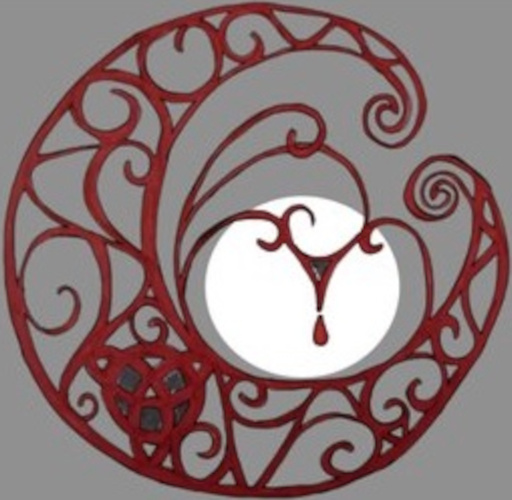
☾ concepts ☽
(Un)Common Tools of the Craft: A Stang
There are a number of common tools associated with the practice of Witchcraft. Some believe that the only effective ones are those you make yourself while others feel they must be freely given to you; whatever way you choose to collect them, you need to go with your gut and choose something that speaks to you individually. However, no tool is truly necessary for you to practice your Craft; you are the magick. Tools can enhance what you are trying to do just like any other correspondence you may have for a particular purpose.
A Stang is more often used in some sort of traditional Witchcraft practice, but it is an interesting concept to think about. The Stang was initially associated with the practices of Robert Cochrane, an early British Traditional Witchcraft practitioner, during the 1960s. Simply, a Stang is a forked stick whose use is to evoke connections to the Horned God, aid in spirit flight, and for directing energy in sacred space.
It is usually placed in the North of the sacred area and as such represents the Horned One. If it is placed between a cup and a knife, it symbolizes the Horned Child created from the union of the God and Goddess. When a sickle is placed at its base, it represents the alter of the Sacrificed God. These are all representations of the God in some Traditional Craft practices.
It may also be draped with different plants throughout the year, such as Yew at Samhain or Hawthorn at Beltane to symbolize the changing seasons and the journey of the God. In its use for directing energy, it can assist in marking out the working circle, get rid of negative energies and call helpful ones. Standing in the circle it creates a bridge to other worlds and thus is seen as a way for the spirit to take flight to them.
